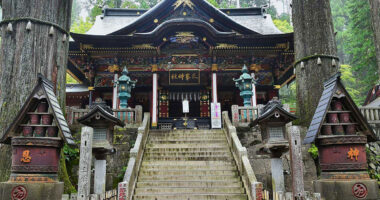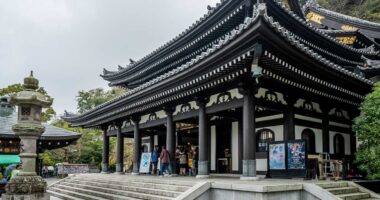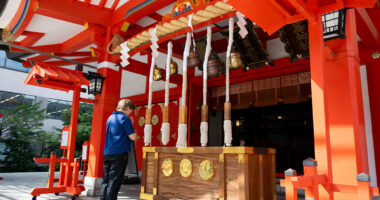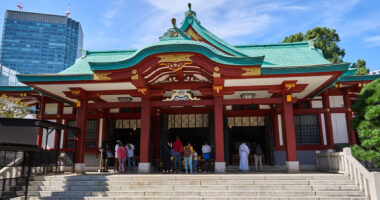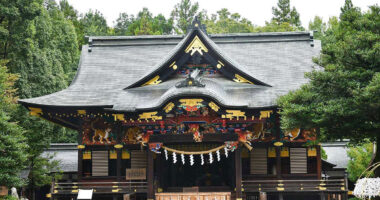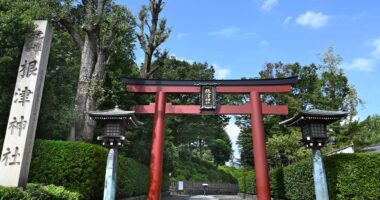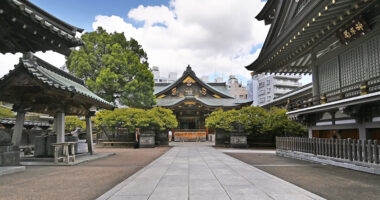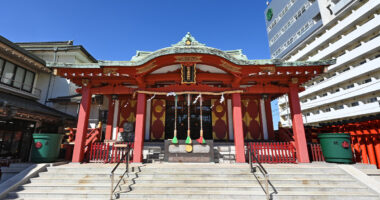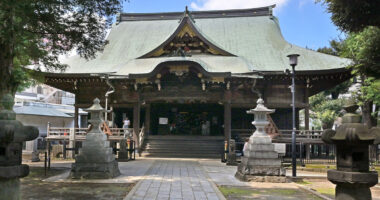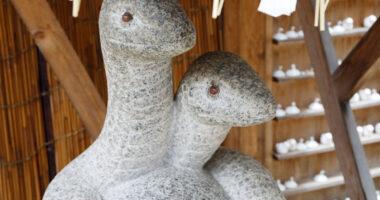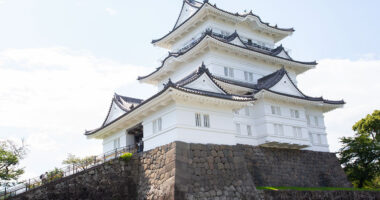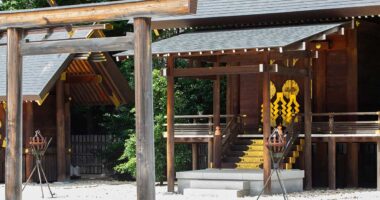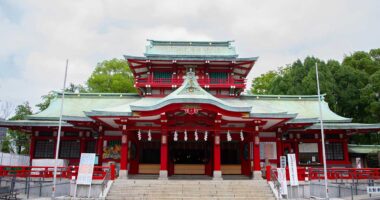
Tokyo DisneySea’s Christmas Extravaganza: Santa, Mickey, Minnie, and Picture-Perfect Moments!
On November 15, 2024, Tokyo DisneySea, located in Urayasu, Chiba Prefecture, kicked off its annual highly anticipated Christmas event. The park held a special preview performance on November 14, offering an early glimpse of their spectacular Disney Christmas Greeting event. Here’s a detailed report on the event and what you can expect! Disney Christmas Greeting at Mediterranean Harbor At Tokyo…
